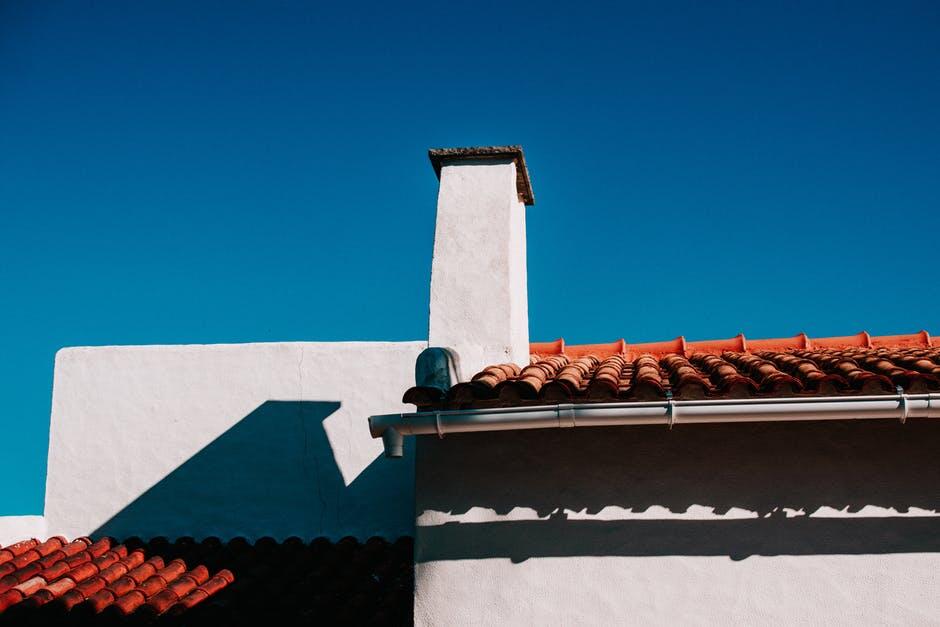There are many reasons to consider low slope roofing over conventional, high-pitched roofs. They are more energy efficient, easier to maintain, safer, and more compatible with roof infrastructure such as solar panels.
However, reaping the benefits requires getting it right the first time, and avoiding the common roofing errors that can make low-slope roofs more troublesome over time. To ensure that you get it right, check out these handy construction tips for low-slope roof projects.
Consider Professional Assistance
It’s understandable to want to go the DIY route, especially if you’re worried about cost. However, while upfront costs for getting a professional to install your roof might seem high, this will likely save you a lot of money in the long term compared to if you are unable to complete the job yourself to a high professional standard.
If you are able to find a top-rated roofing company in your area with specific expertise in low-slope roofs, you can save time, money, and stress.
The Right Materials Are Crucial
The choice of roofing material is pivotal for low slope roofs. Avoid the temptation to use materials not intended for low slopes, as these may lack the necessary water resistance and durability. Instead, opt for materials explicitly designed and rigorously tested for low-slope applications.
For example, modified bitumen and single-ply membranes are highly suitable for low slope roofing systems. They offer flexibility and resilience, crucial for withstanding the unique challenges posed by low slope configurations.
Avoid Installation Pitfalls
If you’re going the DIY route, take care to avoid the common pitfalls that can derail a low-slope roofing project. Always follow the manufacturer’s guidelines to the letter. Make sure all seams are properly attached and that flashings are securely anchored.
Take the extra time to make sure your adhesives are applied according to material-specific instructions. These steps will prevent water infiltration and greatly extend the lifespan of the finished roof. Don’t skip them.
Don’t Forget Drainage
Speaking of waterproofing techniques, don’t forget the importance of your drainage system. Water pooling is a major threat to low-slope roofs. These usually lead to leaks and structural deterioration if left unchecked.
Installing a robust drainage system encompassing gutters, downspouts, and internal drains will make a huge difference. These will channel water away from the roof surface, preventing stagnation and minimizing the risk of infiltration.
Consider Low Slope Roofing Maintenance From the Outset
Your project does not end once the installation is complete. Remember to draw up a workable and regular maintenance schedule that you can stick to. Marking time on the calendar every few months to check for tears and leaks is essential.
This will help you to nip any structural problem in the bud before it can become a very expensive problem. Being proactive with maintenance will help you get more out of your low-slope roof.
Home Improvement That Stands the Test of Time
Installing your own low slope roofing is a major undertaking. However, the satisfaction and pride of getting this job right is immeasurable. By following these steps, you can install your own roof that lasts a lifetime.
For more home improvement insights that stand the test of time, we have got you covered. Our dedicated Home Improvement hub has tried-and-tested expert guides to help you make your home your castle.




Be First to Comment